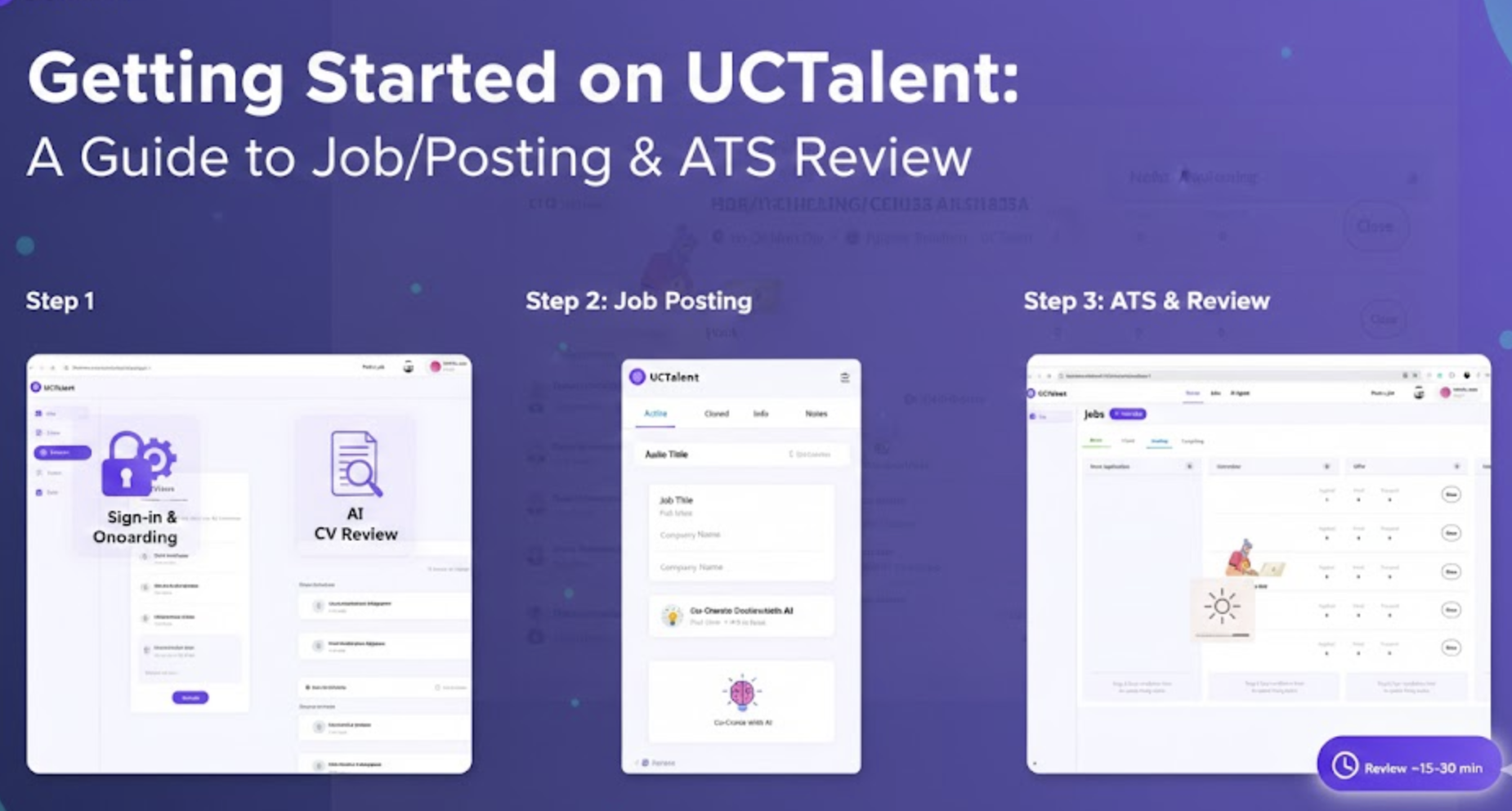How to Create a Killer Tech Resume?
A tech resume does not have to be flashy, but it should be clear and concise, highlighting your skills and experience. It is also important to use keywords that will be picked up by applicant tracking systems (ATS), as many resumes are not even seen by humans first. By following these tips, you can increase your chances of getting your foot in the door for a tech job.
1. Tech resume dos and don’ts
To help get your application seen by the right people, let’s go through some quick-fire dos and don’ts:
Do:
- Tailor it to specific companies. Tech recruiters scan resumes for keywords. Tailor your resume to each job and highlight the keywords.
- Talk about tools. In today’s remote-first tech landscape, proficiency with certain tools is a distinct advantage (like Jira, Hubspot, Asana, and so on).
- Have others proofread your resume to avoid typos and grammatical errors.
Don’t:
- Use big blocks of text. Your resume needs to be scannable, with a highlights reel of your key experiences, skills, and the tools you work with. Stick to bullet points and lists—you can elaborate in your tech cover letter.
- Make it longer than one page.
- Make it too design-heavy. A tech resume can certainly include creative elements, above all else it should be easy and quick to read.
2. Building and formatting a tech resume
To make things as clear as possible, we’ll break this section up into two parts: What to include in your tech resume, and how to format a tech resume.
What to include in your tech resume
Your resume should include eight key sections:
- Name and contact information. You don’t need to include an address unless the role you’re applying for is location-specific.
- Personal summary. This is 1–2 sentences summarizing who you are as a tech professional. This can include your title, the sector you’re currently working in (or are looking to work in), key skills and credentials, and an overview of your experience.
- Relevant links. Here’s where you link out to your website, portfolio, and any professional networking profiles.
- Relevant education. Emphasis on the relevant—no one needs to know where you went to elementary school! Stick to highlighting your university education, bootcamp programs, or relevant courses and classes.
- Tools. As mentioned earlier, highlighting your proficiency in the tools used by the team or company you’re applying for is a great way to boost your chances of getting noticed. If you’re a whiz inFigma or a GitHub guru—highlight it.
- Skills. This is arguably the most crucial part of your resume, and what recruiters want to know about in particular. We’ll talk a little more about this in the next section.
- Work experience. Don’t have any? No problem: If you’re a bootcamp graduate, emphasize the skills you learned on the projects you worked on for your portfolio. You can also highlight work experience in your previous career if it’s relevant for the role.
- Other cool things about you. Your tech resume doesn’t need to be devoid of your personality; it’s a good chance to tell your potential employers some cool (but relevant) facts. Do you speak other languages, run a blog, or own a business? Include any noteworthy features that make you stand out from the competition. However, avoid to write about exaggerations or false claims about your accomplishments and negative details or criticisms of past experiences. Keep your resume positive and focused on your strengths and achievements.
Not necessarily to put all on just on page. Depending on the role you’re applying for, you can sacrifice one section to place emphasis on another. What’s most important is relevancy.
How to format a tech resume
- Get the format right. A tech resume is more likely to be well-received if it’s a word document or PDF, but whichever you prefer, make sure it’s presented in the document type required by the uploading tool. Be sure to double-check the job description too, as this often lists a preferred format.
- Embellish elsewhere. Already noted, but it can’t be overstated: When it comes to tech resume design formats, the simpler and clearer the better. The creativity, storytelling, and design can shine through in your cover letter and portfolio.
The differences between them can help shape your approach for each:
A tech cover letter is a longer-form document than your resume (but still no longer than a few paragraphs) that introduces yourself as a candidate, expands on your relevant experience, and details your motivations for applying to a specific role.
A tech portfolio showcases your skills in action. It’s a collection of the real-world projects you’ve worked on that demonstrate your competency in your chosen field. Portfolios are usually embellished with videos, images, additional files, and so on.
Both of these should be linked to in your resume, and vice versa.
Use tools and software to spice it up. There are plenty of tools and software out there that can help you design and format a beautiful tech resume, like Canva, resume.io, and CakeResume.
3. How to highlight tech skills on your resume
Emphasizing your tech skills on your resume is vital. Ultimately, it’s these that recruiters are most interested in. Provide evidence of how you’ve put said skills into practice.
There are also two different types of skills to highlight, hard skills and soft skills:
Hard skills refer to the technical skills you need to actually perform the role’s basic duties. For a UI designer, this might be wireframing or animation. For a web developer, this might be documentation or specific coding languages.
Soft skills refer to the interpersonal skills that make someone a great employee, such as effective communication, project management, leadership skills, and so on. Your ability to be a great team player or manager could be the difference between getting an interview and being overlooked.
The transferable skills you’ve picked up from your previous careers will help you stand out among more experienced candidates.
Here are a few best practices for highlighting tech skills on your resume:
- Quality over quantity: It’s better to focus on a few key skills that are directly relevant to the role you’re applying for.
- Use the right language. Mirror the language used in the job description and avoid repetition of generic terms like “experience with” or “proficient in”.
- Provide relevant examples. Definite bonus points for real-world projects!







.png)




